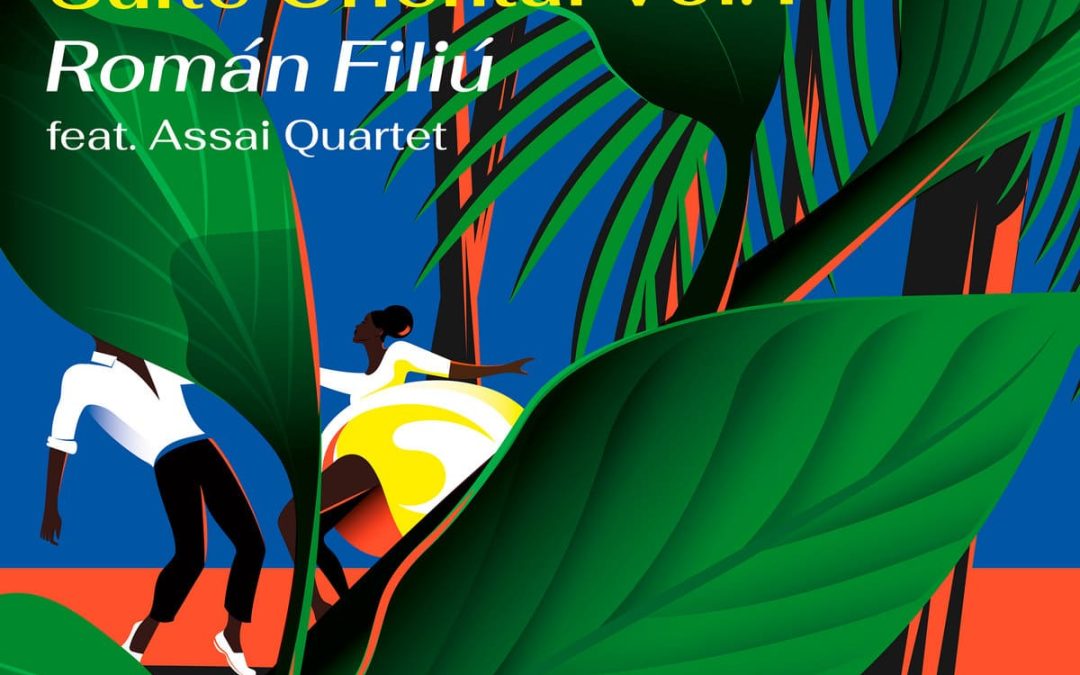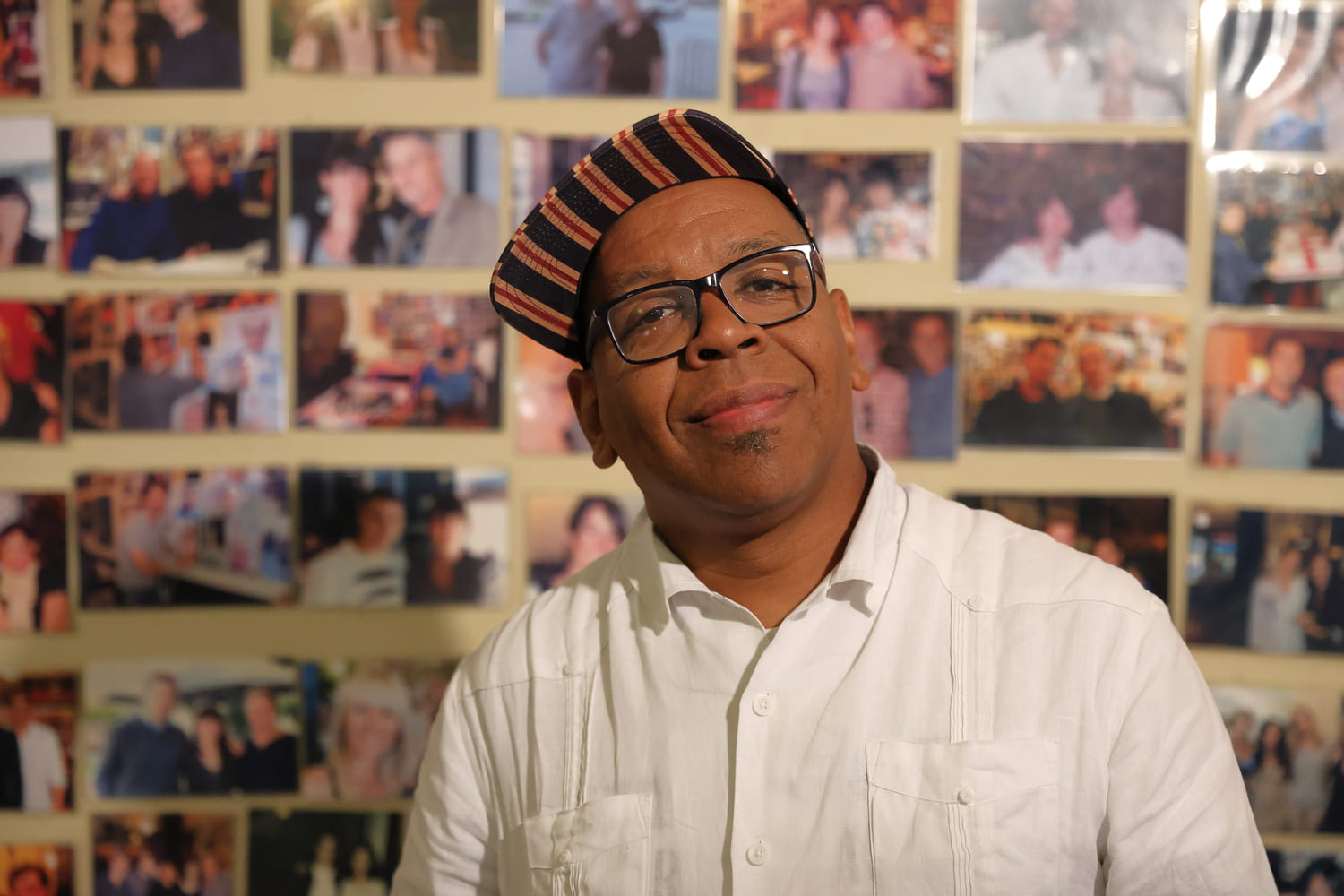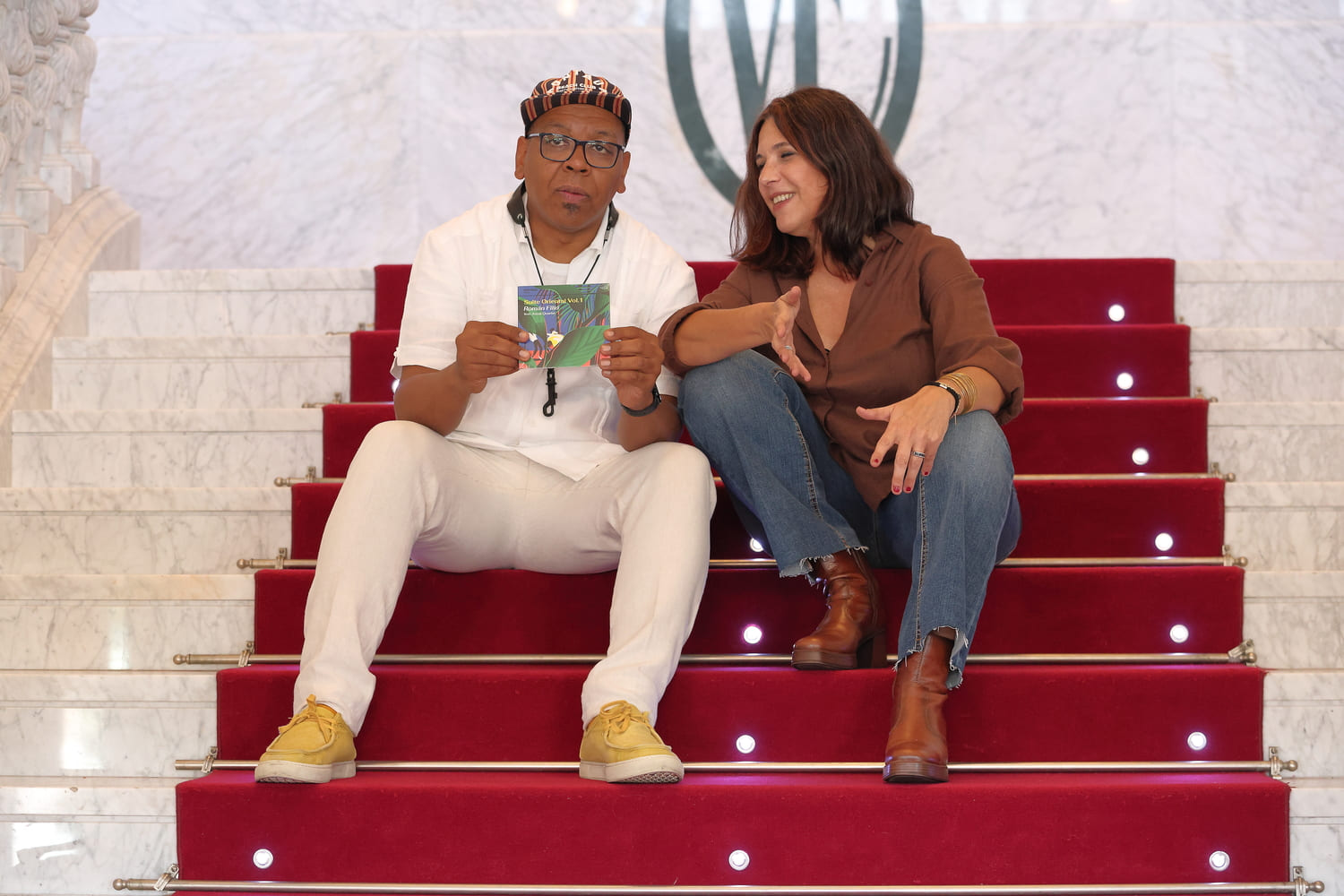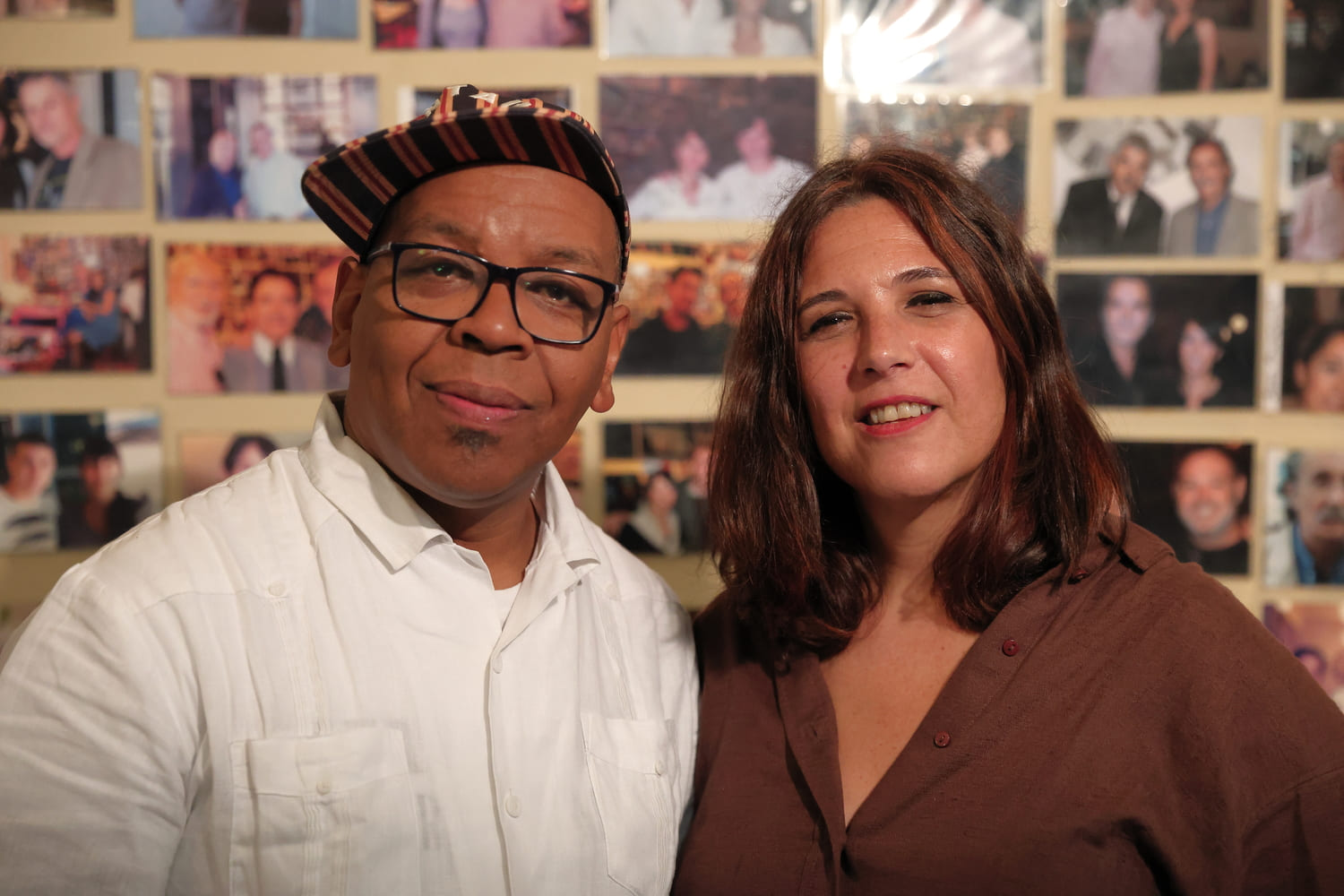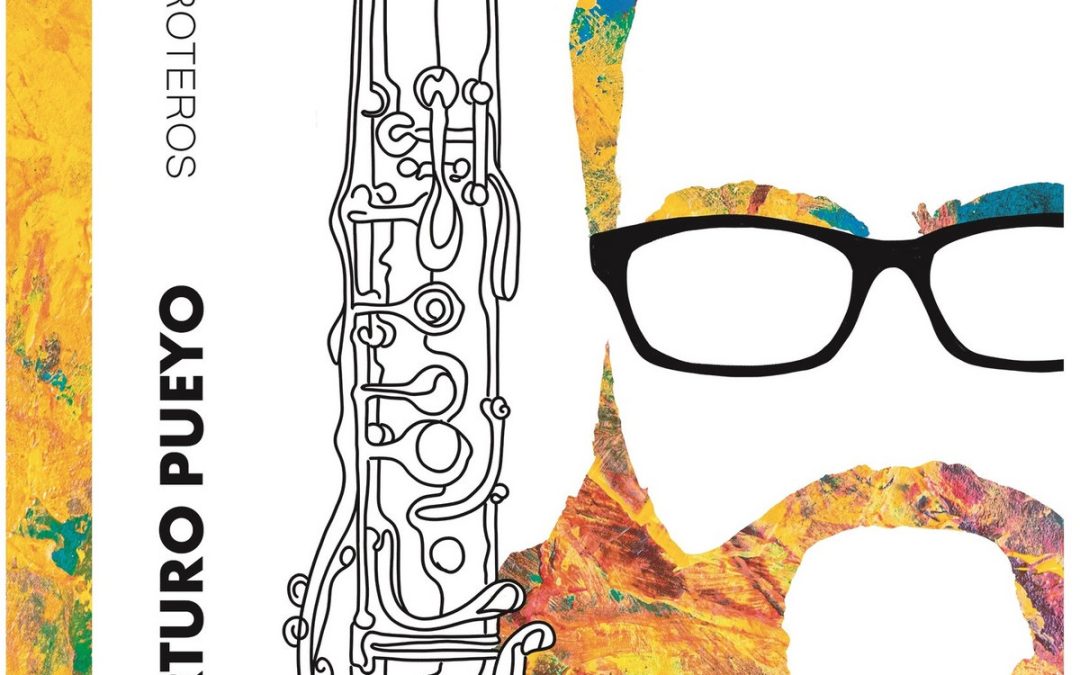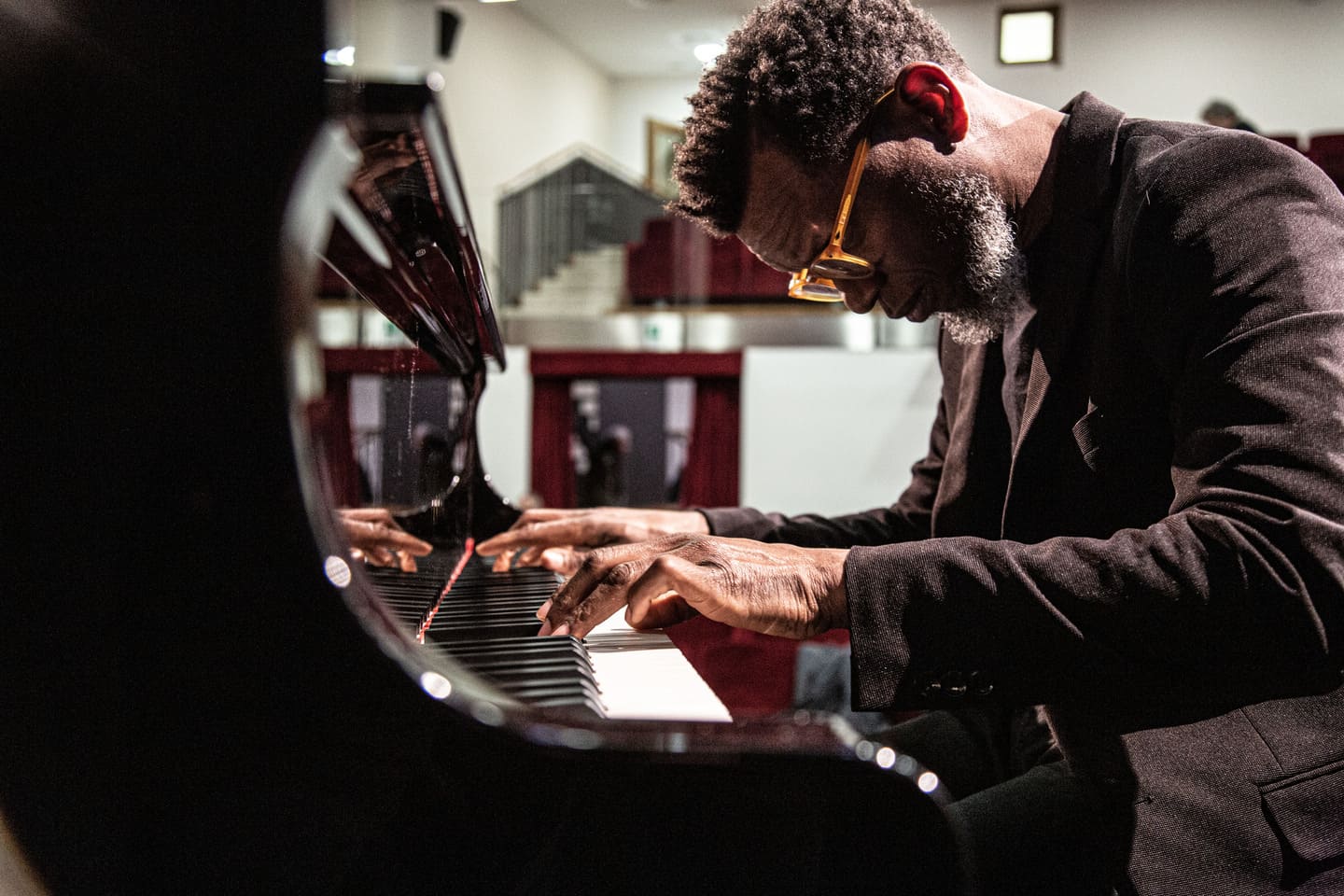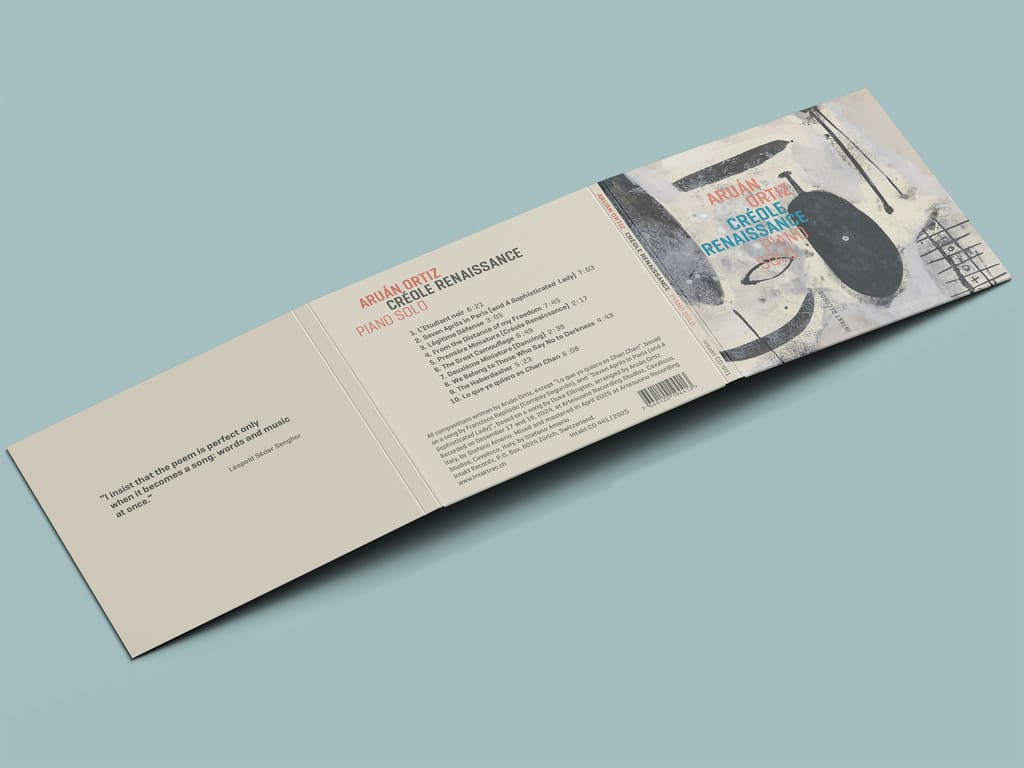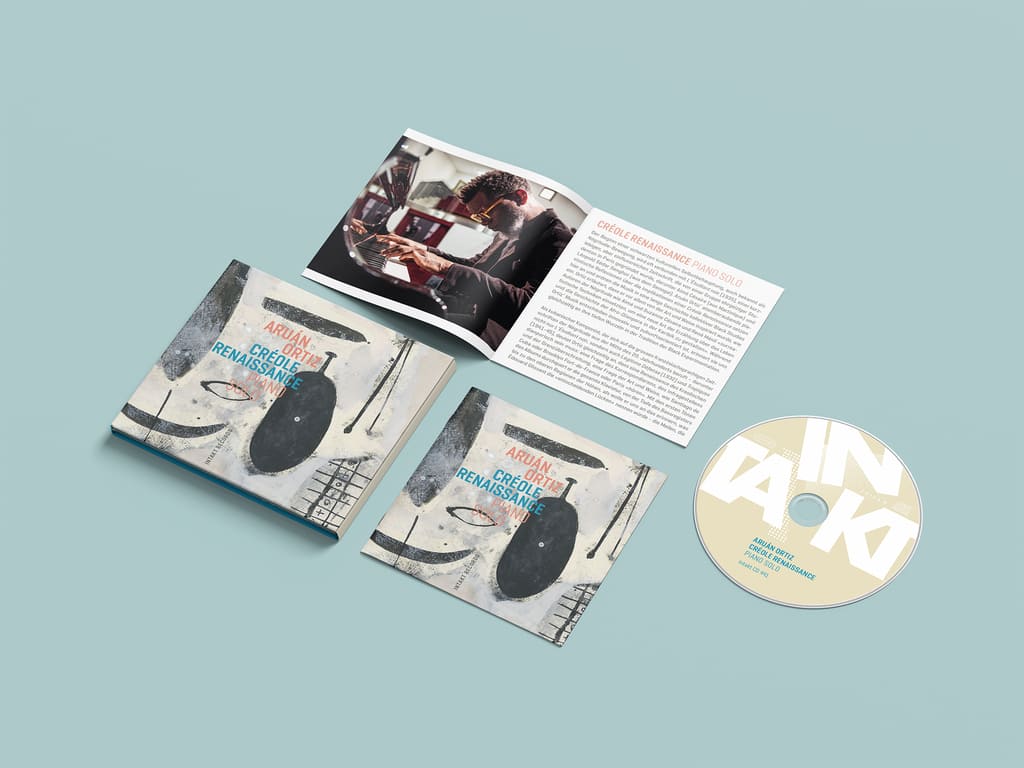
Don Was, President of Blue Note Records – Interview
DON WAS
President of Blue Note Records
Interview
12
September, 2025
Interview: Don Was. President of Blue Note Records.
Text: José Cabello and Begoña Villalobos
Fotos: Blue Note Records concession


We had the absolute honor of spending some time chatting with none other than the president of Blue Note Records: Don Was. Musician (bassist), producer, musical and film director, and at the helm of the most influential record label in the history of jazz. Don shared with us fascinating insights into how the label operates, as well as exciting projects such as the Tone Poets Society.
We strongly recommend listening to the podcast and reading the interview to learn from his unique way of conceiving the world of music and everything that surrounds it.

Listen to the PODCAST below
In&OutJazz: Welcome, Mr. Was. It’s a real pleasure to host you for In&OutJazz Magazine. We’re an independent journal, member of Europe Jazz Media…
Don Was: Yeah, no, I’m familiar with In-N-Out, yeah.
Alright, that’s cool. We have a bunch of collaborators around the world working to give a shout-out to all the artists out there, pushing the edge musically speaking. And yeah, Begoña Villalobos stands as the director.
Begoña, do you know the song by the Grateful Dead, Scarlet Begonias?
Begoña Villalobos: Yeah, amazing song. It’s a true honor to have you here, thank you for being with us, it’s a real pleasure.
It’s great, it’s a pleasure to be here, you do great things.
In&OutJazz: And yeah, well, we in fact have had the chance to interview a few artists that belong to Blue Note Records. And we can’t be more excited to welcome its president tonight, a very special guest, Don Was. How are you feeling? How are you doing?
All things considered, I’m feeling really good, man.
That’s good, that’s always good. Let’s go for the first question, if you feel like so. We’d like to know what’s the main occupation as president of Blue Note Records? What are the main tasks you have to deal with? Do you still handle production tasks? Because we’re well aware about the long list of legends that you’ve been producing during your career. So yeah, tell us a little bit about that.
The main job is to keep quality music flowing, which means keeping the company open. And staying true to the ethos of the company, as laid out in 1939 by our founders: Alfred Lion, Francis Wolff, and a few of their cronies. There were more of them at the beginning. They wrote a manifesto, and they dedicated Blue Note to the pursuit of authentic music and to giving the artists uncompromised freedom of expression. So that’s where it started from. ´
And then there are certain things that they did over the course of many decades that made the records that were released on the label… —long before I got to the company, although I bought my first Blue Note record in 1966, but that’s another story—, things that they were doing that I felt were really important. But what they had done, I would say, you know, probably beginning with Thelonious Monk in the 40s, they signed artists who had learned the fundamentals of everything that came before them and mastered it. But then used that knowledge, not just to repeat it, not to make a museum, but to apply it to something brand new. Used the knowledge to push the music forward. Thelonious Monk did that in the 40s, and he changed the way people approached the piano, the way they approached composing.
Art Blakey and Horace Silver did that in the early 50s, coming up with Hard Bop on those first Jazz Messengers records. Wayne Shorter and Herbie did it again in the 60s, along with Ornette Coleman and Eric Dolphy and Don Cherry…
All the greats.
Yeah. And it’s continued straight through…, Robert Glasper did it in 2011 with Black Radio. So, I think that’s the most important thing, to create music that gets under people’s skin and makes them feel something, and not just something, but something that they can apply to making sense out of life. Life is crazy, man. Life is extremely complicated.
We don’t know if we’re going to die in the next 10 seconds. Everybody gets divorced, everybody gets fired. How do you deal with that? It’s hard being a human being. We look around, every time you turn on the news, it’s chaos and confusion. Music helps you make sense out of what’s going on in a way that words can’t. It transcends conversational language. And hopefully it brings you comfort, helps you remember who you are and what your dreams are. And putting you back in touch with all that makes your life better.
So that’s what I do. It’s to make sure we continue to do that. Because the people who came before me, Alfred Lion, Francis Wolff, Dr. George Butler and Bruce Lundvall, they all did it.


That’s a beautiful legacy and deep words. But above all, deep acts and deep facts. What we see, that’s the reason why we also follow you guys.
Thank you.
In the deep sense, too. Not only in social media, which is only a little part in being a human being, as you were saying. That’s beautiful.
You just mentioned it briefly, but how does the process of selecting and signing artists work in the label? What does the label look for in artists currently?
Well, it’s probably and hopefully it’s the same thing you look for when you’re listening to records or when you’re buying a record, if you can find a record store. It’s what moves you. It’s very simple, what makes you feel something.
I don’t care if someone can play a hundred notes in a bar, that’s a stunt, that’s acrobatics. I appreciate the practice that goes into it, I admire it. But that doesn’t necessarily make you feel anything except like, “oh man, you sure can play a lot of notes”. That’s not really what we’re looking for. We’re looking for someone whose notes are the right ones that touched your heart. So that’s what we’re looking for.
I think it’s important… Let me put it this way. I think a big mistake I’ve seen record labels make over the course of… I’ve been doing this for a long time, but this is only a short period of time. The last 14 years that I’ve been on the record company side, I’ve been a producer and an artist before that. So, I watch record companies closely. I think the biggest mistake they traditionally make is to find an artist that they love and then try to change them to match whatever is commercial in that moment of time, whatever is fashionable. And I’ve seen many artists, including myself, lose their way because of that.
So, one of the things we’re looking for is… We’re looking for artists who are different from everybody else. We consider being different to be an artist’s superpower, not a problem to solve, you know? I like the fact that there’s nobody like Immanuel Wilkins, there’s nobody like Joel Ross, there’s nobody playing like Melissa Aldana, going all the way up to Charles Lloyd. There’s no one playing like Charles. We signed Ron Carter again. No one plays like Ron Carter. You can pick him out in 20 seconds, less than that, two seconds and you know it’s Ron Carter playing. So, we’re looking for people who are different and expressive and communicative.
That’s what we all look for. So, in your first take the answer was totally correct and proper.
I should have stopped there, hahahaha.
No, no, thanks for all the explanation. Really, thanks for those words.
How would you conceptually describe the sound of Blue Note nowadays, the Blue Note sound? Because, I mean, you as a producer know a lot about sound. And we are all aware about how the sound, the engineering and the producing, the master-mix of whatever album comes out is changing throughout the years. So, how would you describe the sound that you guys are putting out lately?
I don’t know how to characterize the sound, and it’s an unfortunate thing. There used to be a look to Blue Note covers because one guy designed them, primarily Reid Miles. One photographer took the pictures, it was Francis Wolff and then Rudy Van Gelder engineered all the records. And he defined a Blue Note sound in his studio that was different from the Impulse sound in the same studio. You could tell the difference between records that came out on Impulse that might have been recorded a day apart in the same studio, but he had a sound for Blue Note.
What’s happened subsequent to that is that I think the sound of the album and the look of the album cover, that’s become the artist’s territory now. That’s part of, that’s another avenue of expression. So, we can’t go back to an artist and say “you must record with this engineer at this studio”. We can’t go back to an artist and say “don’t worry about your cover, we’ll take care of it, our art department will do it”. Everybody’s involved in that now. It’s changed. I don’t think that’s a bad thing.
But what happens is if you’re really going to give uncompromised artistic expression to everybody, I may not like the cover, but who cares what I like? Hahahaa. We’re trying to let the artists express themselves. So, what we’ve sacrificed is a Blue Note sound and a Blue Note look, a vibe to the covers…, but if you’re going to sacrifice, let it be in the name of artistic expression. Some people have been, Manfred Eicher is a guy that comes to mind as a guy who has worked really hard to maintain a sound and maintain a look to his artwork. And it means that he’s your artistic partner. I don’t judge it. I have tremendous admiration for what he’s done. He’s built a catalog for over 50 years of incredible music that’s all kind of related in ECM. And that’s a very difficult thing to accomplish. It requires a really strong human to be that consistent for 50 years. And I’ve got tremendous admiration for him.
But maybe it’s because of the experiences I had as an artist and as a producer of having to compromise for the label, not always for the betterment of the record. I’m really leery about imposing that on artists. I’d rather error on the side of, I’d rather risk having a shitty cover on somebody if the artist feels strongly about it, than force them into something that they can’t relate to.
Yeah, sure. I mean, yeah, you were talking about sacrifice and, you know, sacrifice is none other than making a decision or a choice that is going to make some other thing sacred. That other thing is the one you’re trying to achieve, right? So, you try to achieve an artist being happy with this craft and his or her craft, and if you have to sacrifice the cover or the sound or in the studio where he or she is recording, what you’re actually doing is making sacred that thing you’re actually aiming to achieve. So, it’s beautiful, the fact that you used that word and no other, which makes it more, if so, more authentic.
Thank you.


It’s great. It’s great. Could you, on another side of the conversation, we would like to know if you could sum up the main ideas behind or around the Tone Poets Society initiative? We’ve found the initiative very interesting.
I grew up making vinyl records. When I started making records, that’s all they had, vinyl and cassettes. And I thought I was pretty good at it. I thought I knew how to make a nice sounding vinyl record. So, when I got the gig at Blue Note, we were coming up on our, I think it was our 75th, maybe it was our 70th anniversary. I can’t remember what it was. It was probably, yeah, 75th, yeah. And so, we picked 100 records and we were going to reissue them on vinyl. I thought everyone would go crazy for that and love it. And we were pretty roughly criticized in the audiophile community for the quality of the pressings. And I’ll be honest with you, I don’t have a $50,000 turntable. That’s not how I personally listen. So, I didn’t know the difference, but I quickly became aware of it because I was kind of stunned by it. I also became aware of a company called Music Matters. They were licensing our masters from us and paying us for it. And they were producing audiophile versions of the Blue Note catalog. And the covers were incredible. It was all gatefold sleeves and glossy and just, it felt like they spent a lot of money on it. And the pressings sounded incredible. And I really didn’t know how they did it. I was trying to compare what I did to what they do, and I couldn’t compare it. So, one night I ran into the guy who produced the reissues for Music Matters, Joe Harley. I met him at a Charles Lloyd concert. Charles Lloyd called him the tone poet, which is a Tone Poem is a song of Charles’s. And Joe had worked extensively in the studio with Charles on his recordings. And I said, “how do you do it? What are you doing, man?” And he said, “well, it’s complex. It’s not one thing. There’s not like one trick to it. There are a number of things”. And I just said, “well, rather than licensing the records from us, why don’t you come to work at Blue Note?” And he said, “I’d love to”. So that was the birth of the Tone Poet Series. There are about 12 or 13 things that he does that involve judgment that make those records sound fantastic. He works with a mastering engineer named Kevin Gray. And together they’ve been, they’re so deep inside of Rudy Van Gelder’s head. They know what he would have done if he had today’s technology.
Look at that.
And so that’s the first thing, is that they understand Rudy on a fundamental level. But there were other things that he told me about that I never even thought of before. I’m a bass player. So, if you play a Fender Precision bass, they look the same. They’ve got the same dimensions everywhere. Every single one of them sounds different because you’re taking two pieces of wood and putting them together. They come from different trees. They’re going to resonate differently. The best ones resonate as a whole piece of wood, even though they’re screwed together. There’s so many factors. The pickups are, you know, the good ones are hand wound. Every Fender Precision pickup that’s hand wound is going to sound different. So, why then shouldn’t record presses sound different, even if they come, if they’re manufactured by the same company? I never considered that there was a difference. But if you think about it, it’s a machine made by men. Of course they’re different, you know, even if they look the same. So, he shopped around, he found the press that he thought was the best in the world for capturing the blue note sound on vinyl. It’s at a place called RTI Pressing in Ojai, California. And also, it had to do with the way they master. Have you ever been to a record mastering plant? Not the pressing part. I’m sorry, not mastering, where they plate. The way they plate the records, it’s magic, man. It’s alchemy. It’s mind blowing. But what they do, you carve this lacquer on the lathe in the mastering room, and you have to ship it quickly because it collapses after a few days. You have to ship it quickly to the plating place. They spray it in silver, but not casually. You know, you can’t have any imperfection in the spray. It’s got to exactly seep into the lacquer in a perfect reproduction of what’s there. Then you take that silver coated lacquer and you dump it into a bath of melted nickel.
Wow.
And it’s got to be at 208 degrees. If it’s 209, it’s not good. If it’s 207, it’s not good. It’s got to be at 208 degrees. And then this liquid nickel gravitates through magnetism towards the silver and forms a perfect replica of what’s on the silver. And then after 12 hours of soaking, the liquid has become a solid. It’s alchemy. It’s fantastic. You take that off, and that’s the mother of your snappers. And there’s so much room for error, that you really have to have some… The guy at RCI has been doing it for 35 years or something in that one room, and he’s got it down. So, there are about a dozen of those things that Joe does, but they’re perfect, man. I really feel that he has mastered vinyl and given us a great gift because those tone poets sound incredible to me. And I’m really proud of the work he and Kevin have done, and they’ve been incredibly popular. I’ve never heard anyone anywhere criticize the sound of them. And the audiophile community is notoriously fussy and vocal about getting it right.
Oh, yeah. Congratulations for that. I got to say, I had never heard about all the process, and it’s crazy. It’s crazy. It sounds crazy. Wow. And interesting, it’s super interesting. It’s a real gift. Personally, I have to say, Don, hearing you speak about all this stuff is very inspiring. I’ve had the chance to watch a lot of the first look interviews that you got to do with your artists. I’ve got the chance to do a lot of research on beautiful musicians that are also signed in the record label. And it’s a real beautiful thing to hear about all these aspects that you just shared with us. Thank you so much.
Thank you, man. I appreciate that. Thank you.
It’s a real treasure what you just shared, and we hope you were also comfortable with us.
Oh, yeah. It’s great. Thank you. Thanks for being interested, and thanks for supporting Blue Note Artists. I appreciate that.
Of course, man.
Everybody I know speaks very highly of you, so I know you’re doing the right thing.
That’s beautiful. We are really looking forward to meet you whenever and wherever that takes place. Sometime, it’ll be an awesome date.
Where in Spain are you located?
Madrid.
Madrid, yeah.
Based in Madrid, hoping to move around also. So, I guess there might be a chance.
Yeah.
Thanks a lot to you. Thanks a lot to the Blue Note team that put us through. Thanks for this brief conversation. We hope people can get the finest and the freshest idea of all the love and work that you guys put into the label and the music world in general, as you were saying before. It’s been great, man. Thanks.
A pleasure to see you both. Thank you very much. Thanks so much. I hope to see you in person soon.
Have a great day.
Adiós.
Adiós.




By José Cabello and Begoña Villalobos
September 12th, 2025

